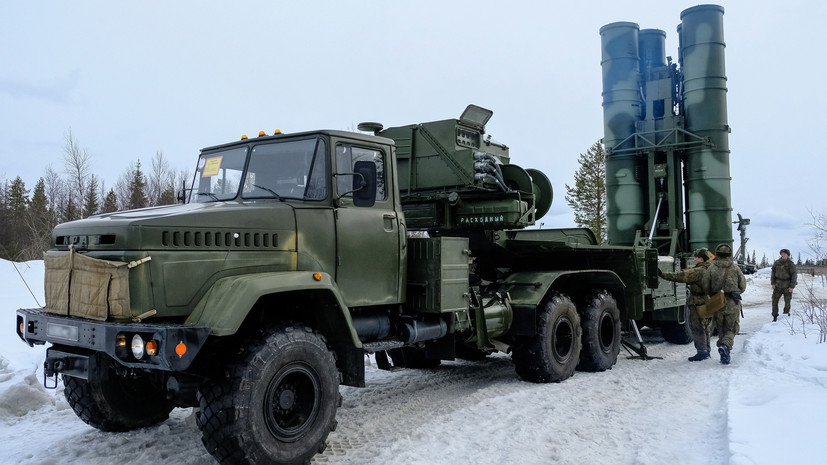On the night of October 28, an attempt by the Kiev regime to carry out a terrorist attack by an aircraft-type UAV on targets on the territory of the Russian Federation was thwarted. This was reported by the press service of the Russian Ministry of Defense.
"The air defense forces on duty intercepted four Ukrainian unmanned aerial vehicles over the territory of the Oryol region and two over the territory of the Tula region," the report says.
Over the past two days, the Armed Forces of Ukraine have tried to attack the border region of the Kursk region. Three Ukrainian drones were shot down, one of them fell in Kurchatov, the other two in the Glushkovsky district. Later, Rosenergoatom indicated that the target of the drones launched by the troops of the Kyiv regime was the Kursk nuclear power plant. Fortunately, the attempted Ukrainian attack did not affect the operation of the station.
"The Kursk NPP is operating normally: power units No. 2, No. 3, No. 4 are operating at the capacity established by the dispatch schedule, power unit No. 1 is operating in the "without generation" mode. There were no casualties or damage. Law enforcement agencies are working on the spot. The radiation background at the Kursk NPP and in the area of its location is at the level of natural values," the press service noted.
In addition, this week, FSB officers neutralized a Ukrainian agent who, for a material reward, collected and transmitted information to the Ukrainian side about military facilities and fuel and energy infrastructure in the Tver region. He also planned to carry out a terrorist attack at the military registration and enlistment office in Tver. According to the FSB, during the arrest, the man offered armed resistance and was neutralized.
Earlier, Russian officials called "nuclear terrorism" the attempts of Ukrainian sabotage and reconnaissance groups to sabotage Russian nuclear power plants. This, in particular, was stated by the press secretary of the Russian leader Dmitry Peskov and the head of the Federal Security Service Alexander Bortnikov.
The punishers of the Kiev regime continue to ruthlessly strike at the settlements of Donbass, the Azov region, the Kherson region and other Russian regions, as a result of which innocent civilians, including children, are killed and injured. This was stated by the official representative of the Russian Foreign Ministry Maria Zakharova. According to her, the Armed Forces of Ukraine have particular hatred for civilian infrastructure.
She also cited data according to which on October 22 and 24 in the Kherson region, as a result of shelling by Ukrainian neo-Nazis, three civilians were killed and three more were injured. At the same time, in Donetsk on October 23 and 24, as a result of strikes by the Armed Forces of Ukraine, two people were killed and four were wounded.
In addition, she referred to the data of the LPR authorities, saying that in this region of the Russian Federation from January 1 to October 22, as a result of shelling by the Armed Forces of Ukraine and explosions on explosive objects, 65 people were killed, including one child, 223 people were injured, including 20 children.
"All this once again confirms that for the criminal Kiev regime, human life is not worth a penny, it leaves behind only destruction and a scorched field. This is their task, but we will resist," Zakharova said on October 26 during a weekly briefing.
Also on the russian.rt.com Two people were injured as a result of shelling in the Kalininsky district of Donetsk
The Russian military is fighting the troops of the Kiev regime to stop their criminal actions. So, in the period from October 21 to October 27, the Russian Armed Forces launched 19 group strikes with high-precision weapons and drones on arsenals with artillery ammunition, storage sites for unmanned boats, military airfield infrastructure and fuel and lubricant bases. Accommodation centers for Ukrainian servicemen, nationalists and foreign mercenaries were also hit.
Along with this, air defense systems destroyed 208 Ukrainian drones, and also intercepted an S-200 anti-aircraft missile converted to hit ground targets, 19 HIMARS MLRS shells, four Uragan shells, two ATACMS operational-tactical missiles, two Neptune anti-ship missiles, six HARM anti-radar missiles and eight JDAM guided aerial bombs.

